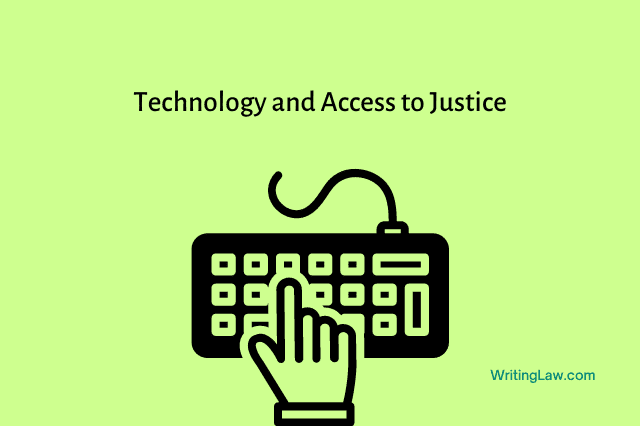
The Indian justice system is one of the largest legal systems in the world, with over 1.4 billion people under its jurisdiction. The system comprises various courts and tribunals, including the Supreme Court, High Courts, District Courts, and Lower Courts, among others. However, the system has been plagued by challenges such as lack of access, delays, and inefficiencies, leading to a large backlog of cases.
The use of technology has had a significant impact on access to justice in India. The legal system has transformed with the growing use of technology, making it more accessible, efficient, and transparent.
Technology has enabled online platforms to provide legal services, including e-filing of cases, online payment of court fees, and virtual hearings.
In this article, we will discuss the use of technology in enhancing access to justice in India.
E-Courts
One of the most significant technology-enabled initiatives in India is the e-Courts project. The Indian government launched the e-courts project to digitise court proceedings and make them more accessible to the public. The e-Courts aims to digitise the entire judicial system in India by creating a centralised electronic platform for managing case files, court proceedings, and judgments.
The e-Courts have significantly reduced the time taken for case processing and made it easier for litigants to access information about their cases online. It seeks to reduce the physical handling of court documents and enable the efficient use of technology to improve the functioning of the judicial system.
Virtual Hearings
Virtual hearings refer to legal proceedings through virtual platforms, such as video conferencing, teleconferencing, or other digital communication tools. Virtual hearings allow judges, lawyers, and litigants to participate in legal proceedings remotely without physically appearing in court.
Video conferencing technology can be beneficial for litigants who live in remote areas and may not be able to travel to the court for hearings. Virtual hearings have reduced the need for physical courtrooms, saving time and resources. It also increased common people’s access to justice.
Legal Databases
Online legal databases refer to digital repositories of legal information, such as case laws, judgments, and legal documents. These databases are accessible online and provide quick and easy access to legal information for lawyers, judges, and the general public.
Online legal databases have made it easier for lawyers and litigants to access case laws, judgments, and legal documents. Legal databases provide quick and easy access to relevant legal information, which can help lawyers and litigants prepare their cases better. It also improved accuracy and increased transparency.
Some examples of online legal databases in India are:
Mobile Apps
The development of mobile apps for Android and iOS (iPhone) has become increasingly popular in the Indian justice system, providing convenient and accessible legal services to the public. These apps offer various services, including legal information and case tracking. Mobile apps have become an important tool in improving access to justice in India, particularly in remote areas.
Nyaya Bandhu App
One example of a mobile app in the Indian justice system is the Nyaya Bandhu app (Android | iPhone), launched by the Ministry of Law and Justice in 2017. The app provides legal aid and assistance to marginalised and vulnerable sections of society, including women, children, and older people.
The Nyaya Bandhu app enables users to access legal information, including information on their rights and entitlements and provides legal aid services through empanelled lawyers. The app also allows users to track the status of their cases and provides a directory of legal aid services in their area.
Summing up
Technology has significantly impacted the Indian justice system, transforming how legal services are delivered and enhancing access to justice for the public. The use of online legal databases, virtual hearings, mobile apps, and the e-courts project have all played a crucial role in improving access to justice, addressing the challenges faced by the legal system, and making it more efficient, transparent, and accessible to the public.
Overall, technology has helped to bridge the gap between citizens and the legal system in India by making legal services more accessible, affordable, and efficient.
However, there is a need for continued investment in technology to ensure that the Indian justice system remains accessible and efficient for the public.
Read Next: Digital Transformation in the Indian Legal Sector
- Understanding the Legislative Branch of the Indian Government - 6th May 2024
- Appointment, Oath, and Removal of Constitutional Posts in India - 28th April 2024
- Powers of Income Tax Authorities in India - 26th April 2024







